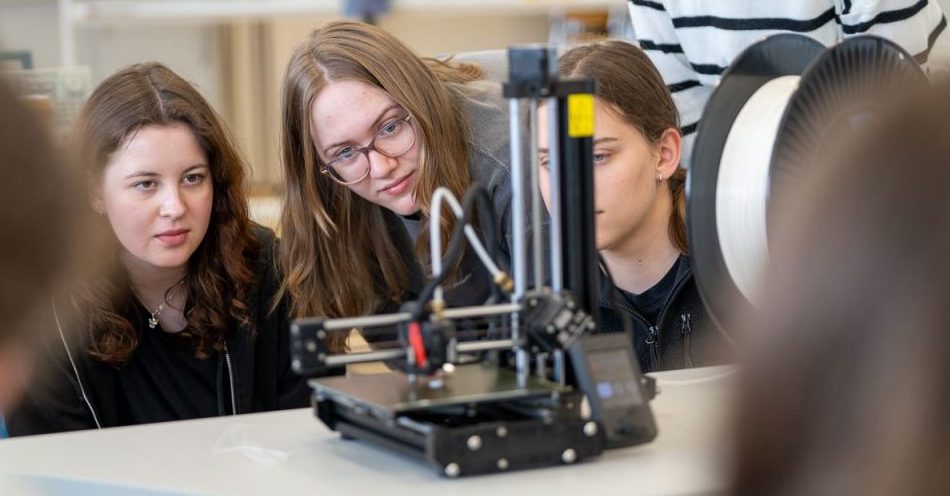Academic research in STEM (Science, Technology, Engineering, and Mathematics) is not simply about searching facts online—it’s a rigorous process of formulating a question, reviewing the literature, gathering data, and analysing it systematically to reach valid conclusions. Here are the stages of the research process, with examples across STEM disciplines.
Step 1: Define a Clear, Focused Research Question
In scientific fields, your research question should be:
- Specific
- Testable or measurable
- Grounded in theory or existing literature
Example Questions:
- Biology: How does temperature variation affect the rate of starch breakdown by amylase?
- Physics: To what extent does the launch angle influence projectile range in real-world (non-vacuum) conditions?
- Computer Science: How does graph density impact the time complexity of Dijkstra’s algorithm?
- Mathematics: How can game theory be used to model decision-making in zero-sum matrix games?
Step 2: Conduct Background Research
Start by exploring textbooks, review articles, and research papers to:
- Understand key concepts, definitions, and models
- Identify current debates or gaps in the field
- Establish a theoretical framework for your work
Where to Search:
- PubMed – Biomedical and life sciences
- arXiv.org – Physics, maths, computer science preprints
- IEEE Xplore – Engineering and computing
- ScienceDirect, SpringerLink, JSTOR
- University libraries and Google Scholar
Use terms like “systematic review”, “experimental comparison”, “quantitative model”, or “computational analysis” to target scholarly articles.
Step 3: Design a Methodology
Choose a research method suited to your discipline:
Experimental (Biology, Physics):
- Define variables clearly (independent, dependent, controlled)
- Plan data collection methods (e.g. sensors, spectrophotometers)
- Consider repeatability and control of external factors
Biology Example: Measuring bacterial growth under varying pH levels using agar plates and colony-count software (e.g. ImageJ).
Theoretical/Analytical (Maths, CS):
- Define all assumptions and variables
- Choose appropriate theorems, algorithms, or models
- Use simulations or proofs to test your question
CS Example: Comparing A* and Dijkstra’s algorithms using Python and testing their runtime on graphs with increasing edge densities.
Step 4: Collect and Analyse Data
Use appropriate tools and techniques for your field:
Biology:
- Use spreadsheets, Logger Pro, or R for data analysis
- Perform statistical tests (e.g. t-tests, ANOVA) to verify trends
Physics:
- Apply uncertainty calculations and error propagation
- Use tools like Tracker or motion sensors to gather kinematic data
Maths:
- Model functions or prove relationships using symbolic algebra
- Use graphing software or programming tools (GeoGebra, Python)
CS:
- Test algorithms with structured inputs
- Visualise performance using plots (e.g. matplotlib in Python)
Engineering Example: Analysing tensile strength under increasing load, plotting stress-strain curves using MATLAB or Excel.
Step 5: Interpret and Evaluate
Discuss your results in relation to existing theories and literature. Key questions:
- Were your results consistent with expectations?
- What were the main sources of uncertainty or error?
- How significant are the findings?
Use critical reasoning and cite relevant studies. Consider both the scientific implications and the limitations of your research.
Physics Example: “The calculated gravitational acceleration of 9.54 m/s² deviates 2.8% from the theoretical 9.81 m/s², likely due to reaction time error during manual timing.”
Step 6: Write and Reference Your Research
Structure your paper according to scientific convention:
- Abstract – Brief summary of aims, methods, and findings
- Introduction – Define the research question and context
- Methodology – Describe how data was collected and analysed
- Results – Present findings using tables/graphs
- Discussion – Interpret results and consider limitations
- Conclusion – Summarise your argument and suggest next steps
- References – Use a formal citation style (e.g. APA, Harvard, IEEE)
Use reference managers like Zotero, Mendeley, or BibTeX for LaTeX projects to ensure proper citations.
🛠 Useful Tools for STEM Students
| Purpose | Recommended Tools |
| Data Analysis | Excel, R, Python (NumPy, Pandas), SPSS |
| Graphing & Plotting | Logger Pro, MATLAB, Desmos, GraphPad Prism |
| Simulation/Modelling | GeoGebra, Python, MATLAB, NetLogo, Mathematica |
| Writing & Formatting | Overleaf (LaTeX), Microsoft Word, Google Docs |
| Referencing | Zotero, EndNote, Mendeley, BibTeX |
✅ Final Tips
- Start early – Research is iterative and time-consuming.
- Be ethical – Never fabricate data or plagiarise.
- Stay curious – A good research question often leads to new ones.
- Seek feedback – Teachers, mentors, or supervisors can offer key insights.
📥 Ready to Start? Join Our Research Programme For Exclusive Mentorship
Our resources includes:
- A research planner template
- Methodology design worksheet
- Data recording table
- Source tracker and citation organiser
👉 Find More About Our Research Programme: https://qconsult.org/wp-content/uploads/2025/04/QC-Research-Brochure-Updated.pdf






Leave A Comment